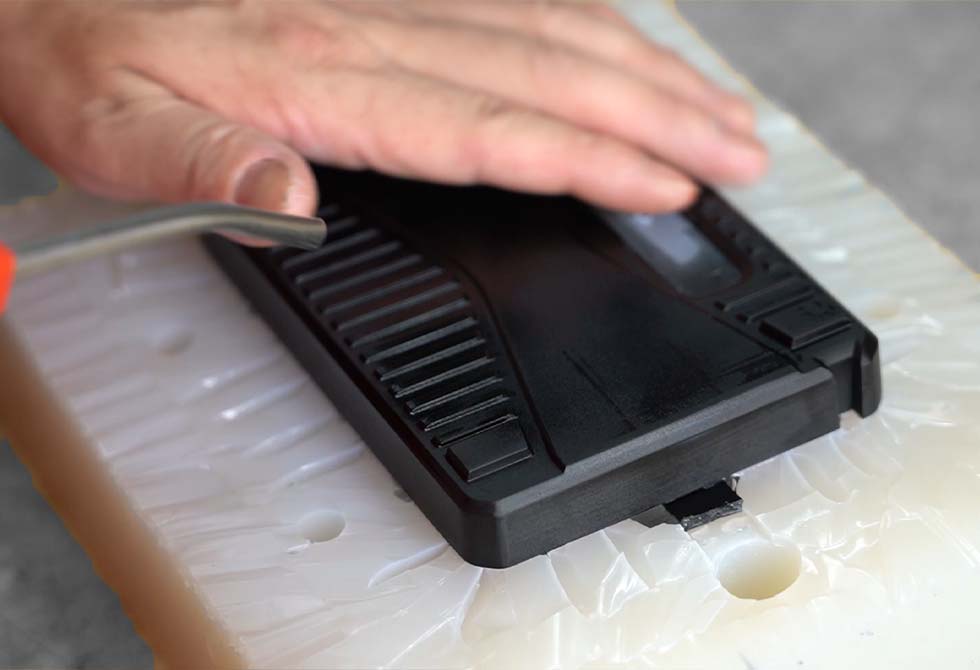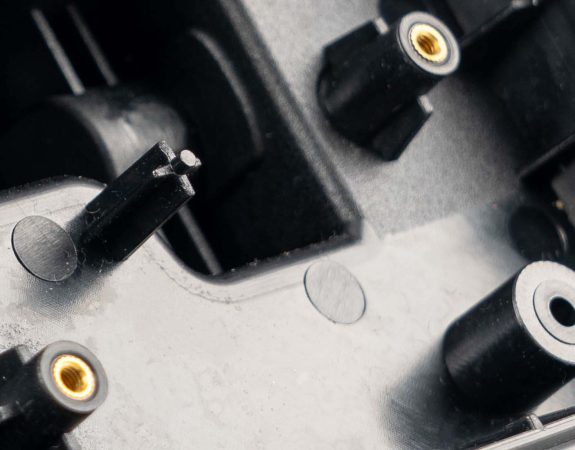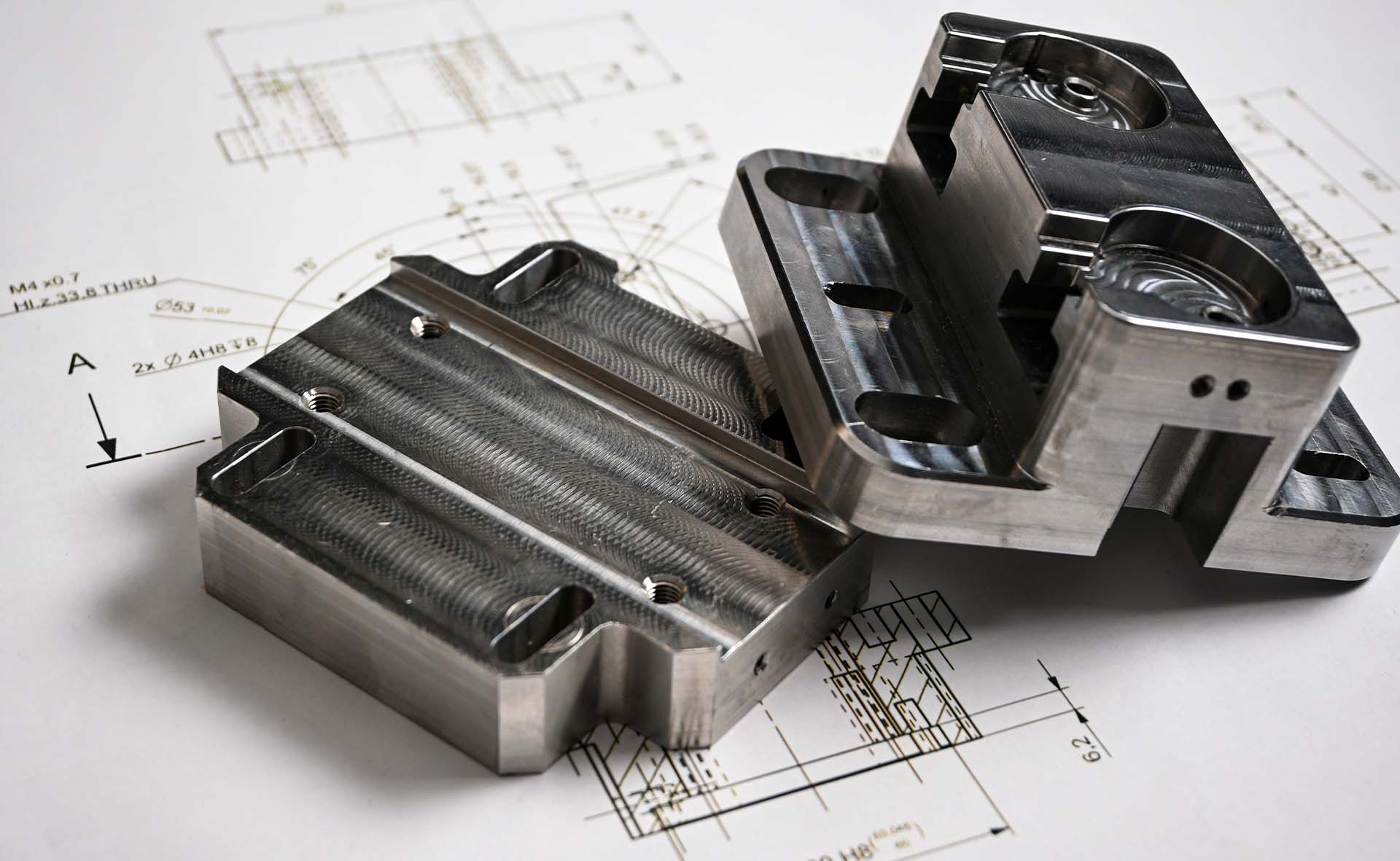Plastic injection moulding is the most common way to manufacture all types of plastic parts and is particularly effective for large orders. However, the tooling process can be expensive and require longer lead times than other methods. For small batches and prototypes, there are quicker and more affordable ways to produce plastic parts.
In this article, we explore the top alternatives to injection moulding that allow cost-effective manufacturing of low-volume parts (in the tens or hundreds), enabling you to test the market, receive feedback from users, present your product to investors, run promotions, and more.
(Also known as: Urethane Casting / Polyurethane Casting / Silicone Moulding / Soft Tooling)
Vacuum casting is an excellent alternative to injection moulding for quantities between 10 to 50. It shares many similarities in terms of technique and final outcome—from function to aesthetics—but without the high upfront costs or long lead times of injection moulding. This method offers a wide range of resins that can mimic ‘production-grade’ materials, from soft elastomers with varying shore hardness to hard plastics like ABS. For these reasons, urethane casting is often used for end-use small production runs of a product that will eventually be injection moulded.
Advantages:
Limitations:

3D printing is a very affordable and quick alternative to plastic injection moulding for early-stage prototypes and short production runs, especially for smaller-sized parts. 3D printing technologies like industrial stereolithography (SLA) requires no tooling costs and is able to give a nice surface finish that resembles injection moulded parts. Although it may lack in some aspects of strength or properties, 3D printing has come a long way and is increasingly being used in low-volume end-use applications.
Advantages:
Limitations:


Upload CAD, Get a Quote
3D printed moulds are the latest trending technique in mould making. They offer a cost-effective and rapid alternative to traditional injection moulding, suitable for 30 to 100 units or more (depending on the material being injection moulded). The key limitations of 3D printed moulds are accuracy constraints, as well as lower durability and heat resistance compared to metal moulds.
Advantages:
Limitations:

Thermoforming is a good alternative to injection moulding for ‘relatively’ simple plastic parts like packing containers, vehicle door panels, and dashboards in low-to-mid volumes. It involves creating a simple single-sided mould of the product. A thin sheet of plastic is then heated and formed using vacuum, pressure, or mechanical force.
Advantages:
Limitations:

CNC machining is a highly reliable process that can be a good alternative to injection moulding, especially for creating more rigid and durable parts in low-to-mid volume quantities with high precision and accuracy. In fact, the precision moulds used in the injection moulding process are made via CNC machining.
Advantages:
Limitations:

At HLH Rapid, we help mechanical engineers, industrial designers, and R&D teams bring their products to market faster through our rapid tooling and injection moulding, CNC machining, 3D printing, and a range of other in-house manufacturing services. Whether you need a single part or mid-to-high production volumes, we can cater to your needs.
Ready to start your next project? Submit your 3D CAD to our contact form here to get a quote or discuss your project requirements.

Upload CAD, Get a Quote
